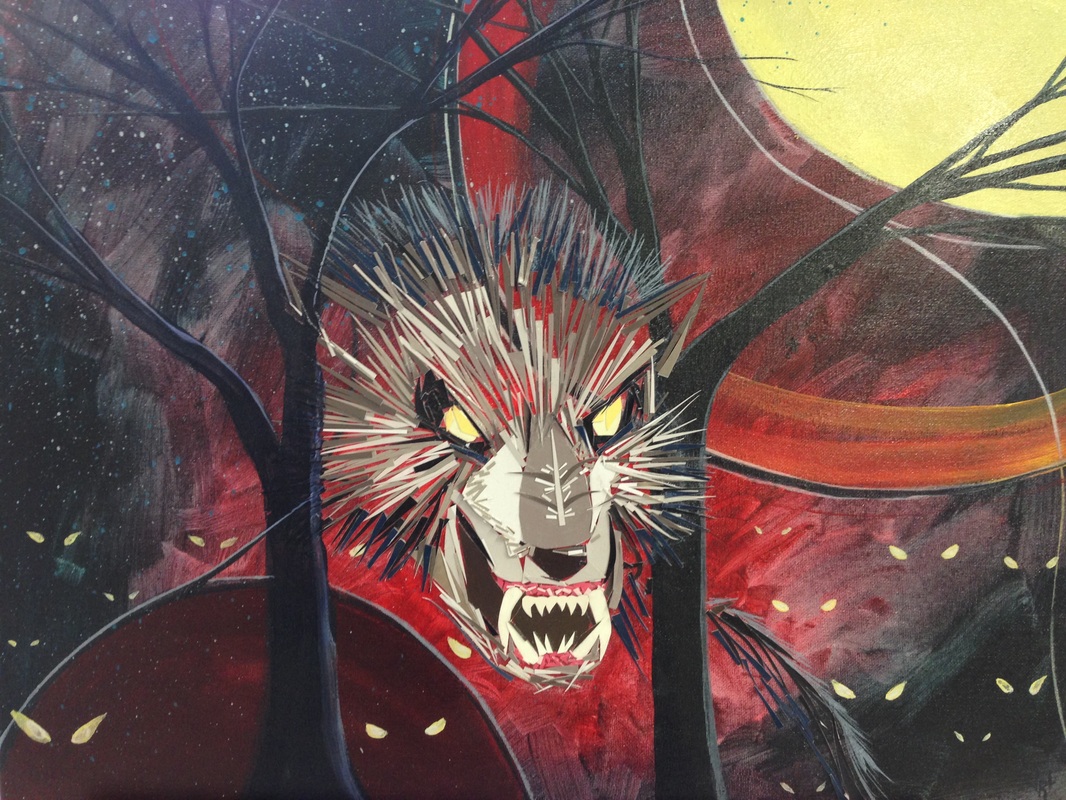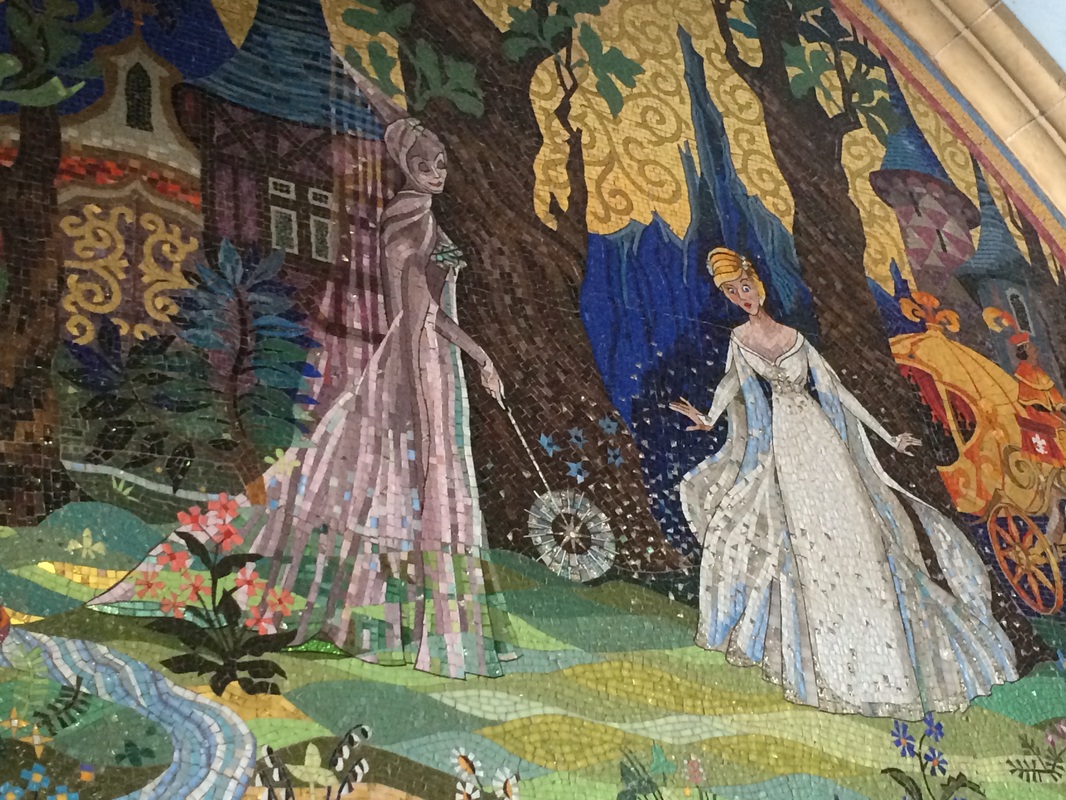|
|
Project Description: When you picked up that first box of crayons, you realized color could draw attention to most anything. In this lesson, we will learn the significance of colors moving the eye across a composition. Using collage of color samples from paint stores in a mosaic fashion you will create a work which moves the viewer's eye around the picture plane.
Essential Questions: What is a fairy tale? Why are the concepts and characters so iconic? What attracts us to look at colors? How can you successfully compose a work of art using color? Activity 1: Look at the work of Jeff Koons (button below) especially paying attention to the composition of his paintings and the methods by which they are painted. Knowing Primary, Secondary (Complimentary), Tertiary, and Neutrals/Pastels, we will create a piece of art that incorporates iconic images from fairy tales and abstract graphics/illustrations. Draw out a background using organic and geometric shapes. Activity 2: Search for a fairy tale that means something to you. i.e. sleeping beauty (the real story, not the Disney.) Draw out characters in your style that are iconic to the story. Activity 3: Mapping - Combine the two previous activities by laying the sketch of the Fairy Tale Icon atop the background and determine how the colors will work together to create a compositional flow. Write in the areas Very Lightly the colors you would like to see placed there. Activity 4: Paint the background in the designated colors. Once the paint has dried, sketch your fairy tale icon atop the background. After it is sketched, cut colors from the color swatches to collage the images making a mosaic image of your icon. |
Your browser does not support viewing this document. Click here to download the document.


